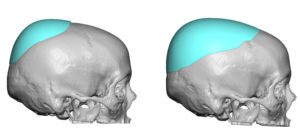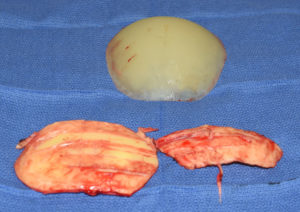Background: The use of custom skull implants for a wide variety of aesthetic head shape concerns has proven to be a a successful treatment strategy. Using a computer design process on the patient’s 3D CT of their skull, the surface area coverage and thickness of the implant can be precisely made. Such designs must take into consideration how much the overlying scalp can stretch to accommodate the implant. But beyond this physical constraint the design of a skull implant has no limitations.
While the computer can design the implant based on the dimensions provided by the surgeon, it can not determine whether that will produce a satisfactory aesthetic outcome. Perhaps one day the computer will be able to tell us how a design relates to outcome but, until that day comes, the surgeon must create the dimensions based on experience and interpretation of patient goals.
For females the most common aesthetic head shape concern is a deficient crown area. The crown of the skull is at the junction of the top and back of the head. This is an area externally that is well known to women as they often manipulate hairstyles to make it appear fuller. For those women so affected the underlying skill area is flatter and lacks adequate projection. A custom skull implant is the ideal way to surgically improve the fullness in this head area.
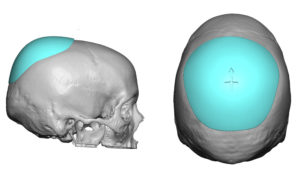
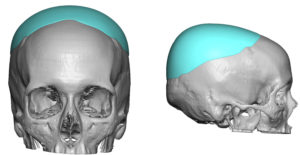

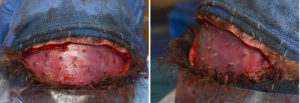
In designing custom skull implants it is important to realize that they need to cover a broader surface areas than one would initially thi\nk. On the design they must look like a natural shape to the skull even though they are added on to it. If they look unnatural or do not blend in well in the design they will appear so on the patient after surgery.
The one indirect benefit of a prior inadequately designed skull implant is that it does serve as a prior tissue expander. A larger implant can be placed as a result of it being there that if no such implant was there at all.
Highlights:
- Skull implants must cover a broad surface area to avoid creating a prominent bump.
- Trying to build up a deficient skull implant by placing materials underneath it will not lead to a improved outcome.
- Custom skull implant replacements are helped in their design by the indwelling implant shape and thickness.
Dr. Barry Eppley
Indianapolis, Indiana



